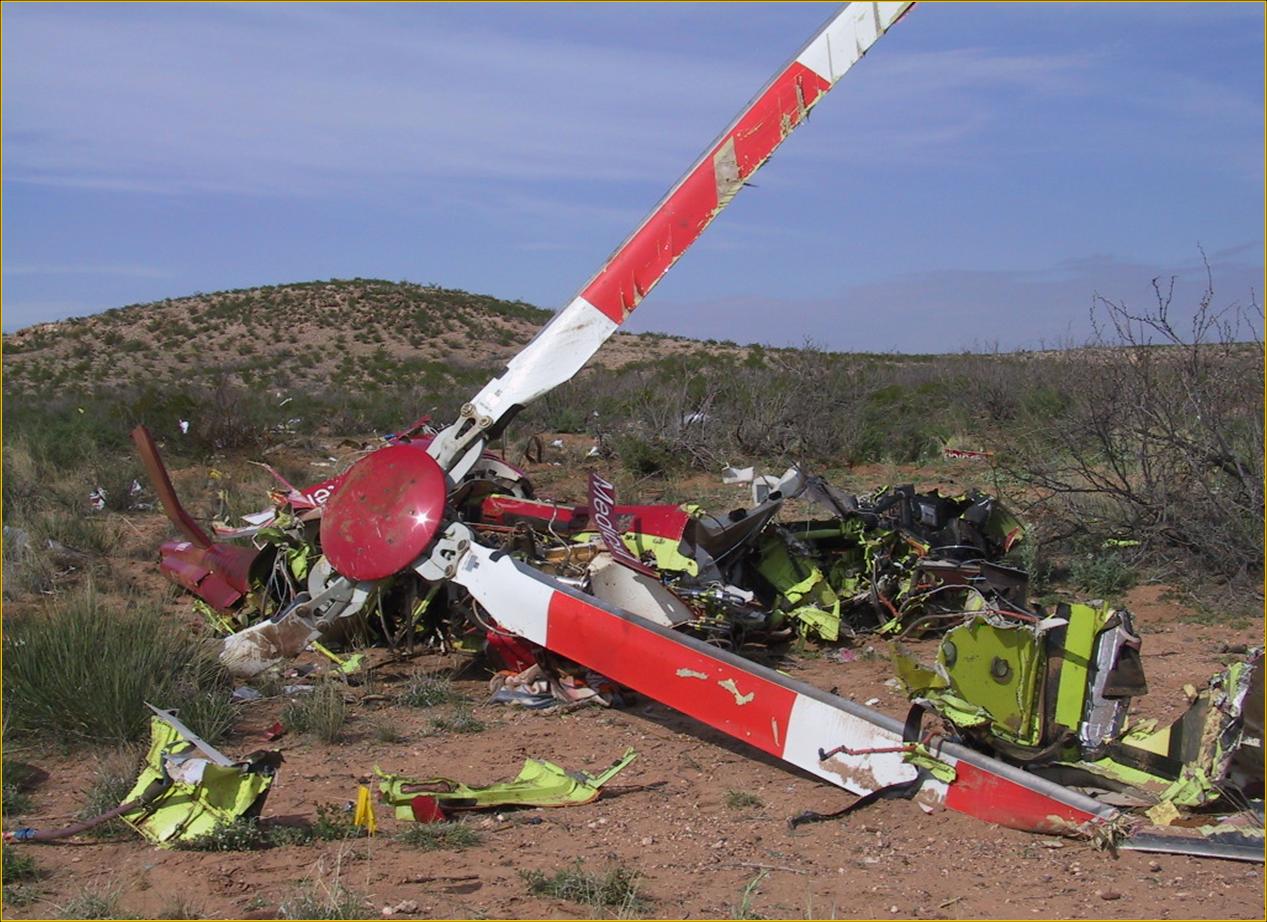It is said that about a decade ago, the minimum flight time requirement of medical air services was around 3000 hours, but today this stands halved at 1500 hours and even less sometimes. The president of National EMS Pilots Association, Kurt Williams attributes this to the “necessity” of recent times. He says the military is not giving out enough pilots and when it does, the pilots are not experienced enough. Although history tells us that the number of “pilot hours” by no means is insulation against crashes, it is comforting to fly on medical air services that employ experienced pilots.
Decision Making Authority of Pilots Executing Medical Air Services
One would assume that the flying conditions are the only criteria that determine whether a pilot embarks on a rescue mission. Contrary to this belief, it is often a result of employers’ pressure to make the flight. Most medical air services companies keep the pilots informed of the number of hours they have clocked each month. Guy Maher, a HEMS pilot of 24 years says that the “industry is increasingly driven by dollars” these days. The companies have to break even and that is only possible when the pilots fly a minimum number of hours each month.
Then there are also other considerations like the nature of emergency. Most pilots feel morally compelled to offer medical air services in less than ideal conditions when a life is at stake due to some tragic circumstance.
The Highly Competitive Medical Air Services Sector Doesn’t Help
Most companies put out 2 to 3 million dollars when they put a chopper into medical air services, and these companies need to pay their bills. The increasing costs and the high maintenance costs add to the financial woes. With little help coming their way in the form of donations or aid, these “for-profit organizations” are compelled to exert pressure on pilots to stay afloat. Even the technicians are not spared. They are compelled to ready the aircrafts within unreasonably short times so that the medical air services can be delivered. The only hope is that the new FAA guidelines will make medical air services safer for pilots too.


